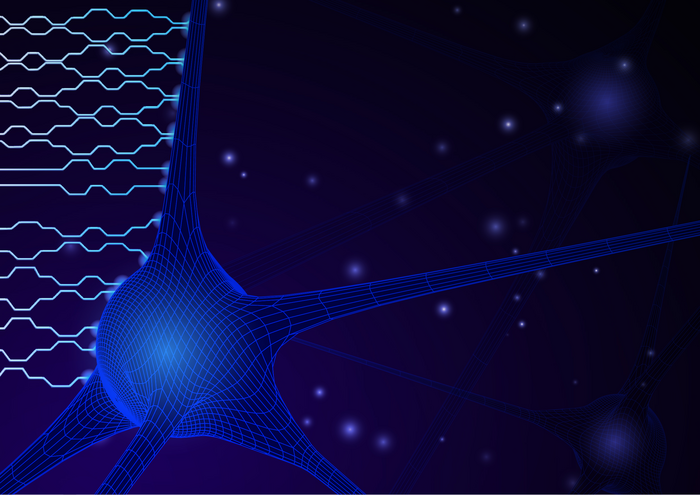Neural networks are distributed computing structures that have taken inspiration from the structure of a biological brain and aim to achieve cognitive performance similar to that of humans in a much shorter time.

Neural networks on photonic chips. Image Credit: Politecnico di Milano
These technologies develop the fundamentals of machine learning and artificial intelligence systems that have the potential to discern the environment and further adapt their behavior by examining the effects of earlier actions.
They are utilized in several areas of application, like bioinformatics, autonomous driving and augmented reality systems, speech and image recognition and synthesis, genetic and molecular sequencing, and also high-performance computing technologies.
In comparison to the traditional computing methods, to develop complicated functions, neural networks require to be initially “trained” with a huge amount of known information that the network further makes use of to modify by learning from experience.
Photonic circuits are considered to be a highly promising technology available for neural networks since they make it possible to construct energy-efficient computing units.
For years, the Politecnico di Milano has been researching programmable photonic processors combined on silicon microchips just a few mm2 in size for use in the field of data transmission and processing, and currently, these devices are being utilized for photonic neural networks to be built.
An artificial neuron, like a biological neuron, must perform very simple mathematical operations, such as addition and multiplication, but in a neural network consisting of many densely interconnected neurons, the energy cost of these operations grows exponentially and quickly becomes prohibitive.
Francesco Morichetti, Head, Photonic Devices Lab, Politecnico di Milano
Morichetti added, “Our chip incorporates a photonic accelerator that allows calculations to be carried out very quickly and efficiently, using a programmable grid of silicon interferometers. The calculation time is equal to the transit time of light in a chip a few millimeters in size, so we are talking about less than a billionth of a second (0.1 nanoseconds).”
Melloni stated, “The advantages of photonic neural networks have long been known, but one of the missing pieces to fully exploit their potential was network training. It is like having a powerful calculator, but not knowing how to use it. In this study, we succeeded in implementing training strategies for photonic neurons similar to those used for conventional neural networks.
“The photonic ‘brain’ learns quickly and accurately and can achieve precision comparable to that of a conventional neural network, but faster and with considerable energy savings. These are all building blocks for artificial intelligence and quantum applications,” added Andrea Melloni, Director of Polifab the Politecnico di Milano Micro And Nanotechnology Center.
Besides the applications in the field of neural networks, it is also possible to make use of this as a computing unit for several applications where high computational efficiency is needed, for example, for graphics accelerators, data mining, mathematical coprocessors, quantum computers, and cryptography.
Journal Reference
Pai, S., et al. (2023) Experimentally realized in situ backpropagation for deep learning in photonic neural networks. Science. https://doi.org/10.1126/science.ade8450.